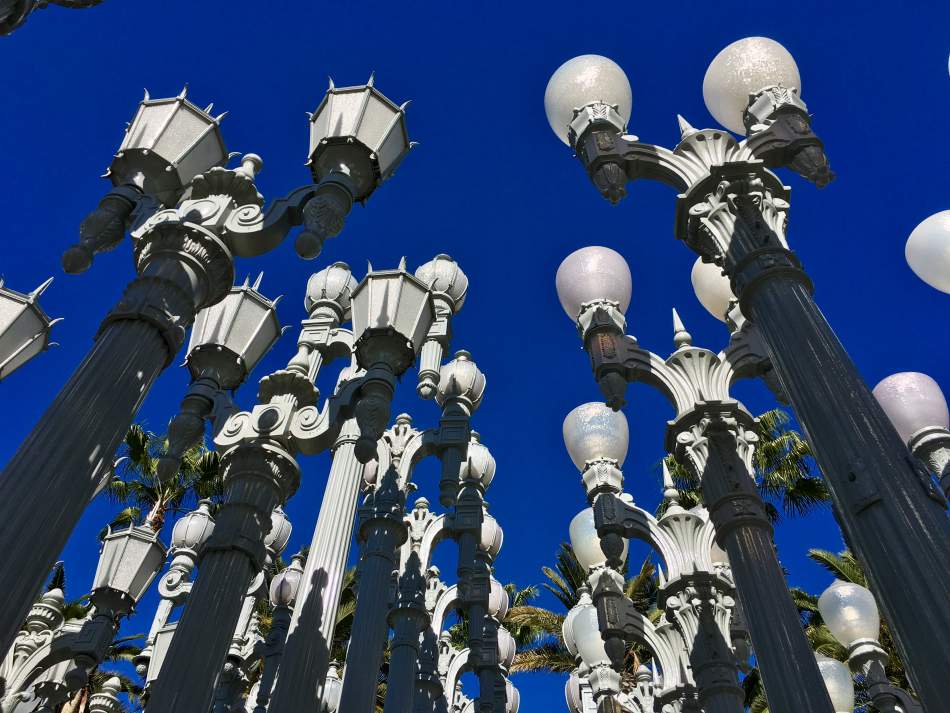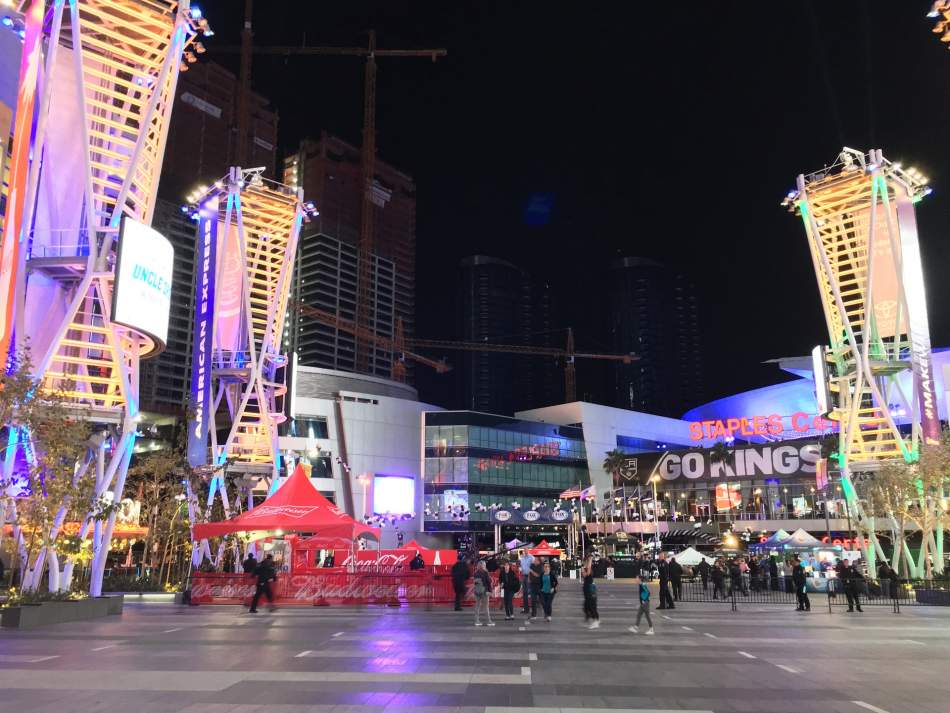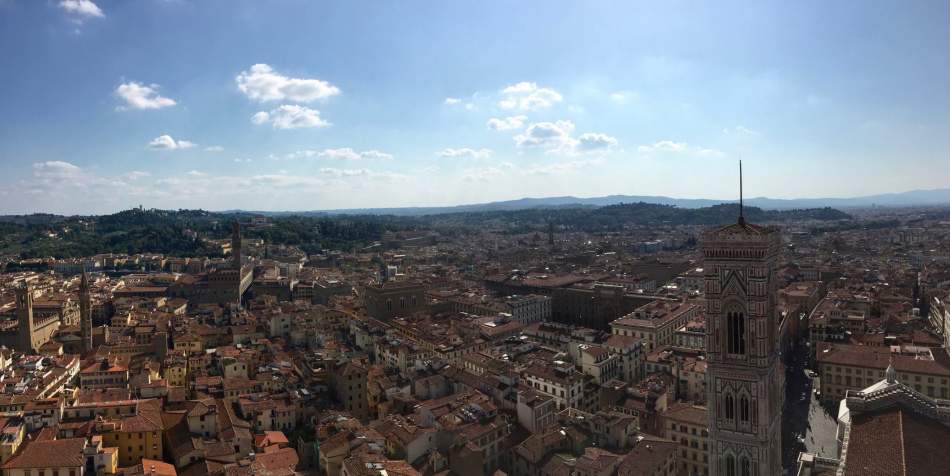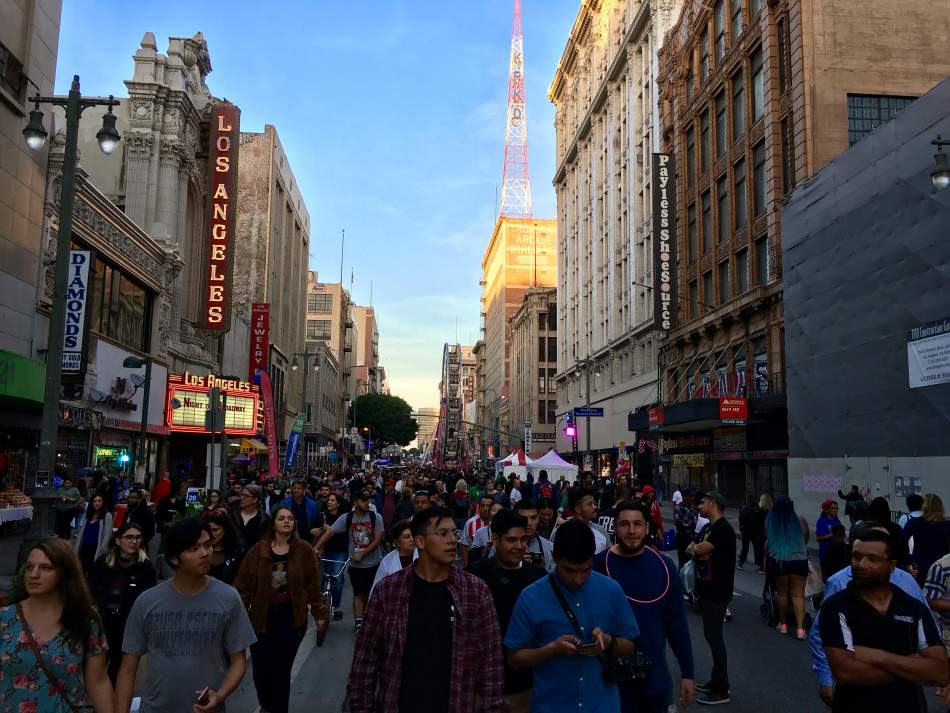From the editor: “L.A. Urbanized” is a series of articles exploring why Los Angeles is currently in the midst of an urban revolution and what it means for the city’s future. It documents the evolving development landscape of the region over the past few decades, identifies what key events brought about its urbanist turn, and considers what the impact of this transformation will be. Urbanize LA will publish one chapter of the 9-part series each Monday from April 2 through May 29.
- Introduction
- Chapter 1: Local Growth Politics and Development Patterns
- Chapter 2: The Several "Revitalizations" of Downtown Los Angeles
- Chapter 3: The Making of Los Angeles as a Global City
- Chapter 4: The Sparks of Downtown LA's Boom
- Chapter 5: Post-Recession Growth Acceleration in DTLA
- Chapter 6: Monograph of LA 3.0
- Chapter 7: The Impact of the LA 3.0 Revolution
The primary aim of this series has been to document why Los Angeles is undergoing a dramatic transformation, from a sprawling and decentralized “2.0” model to a hybridized “3.0” model, and to explore what this means for the city. It has used Reyner Banham’s writing on urban “ecologies” as a framework to argue that this transition essentially means the addition of a new, rail- and pedestrian-focused “fifth ecology” to the previous four auto-focused ones. This transition is taking place because of the economic and demographic dynamics described in Chapter 1, where the city ‘filled up’ at its low density level, pushing pricing of single family homes out of reach and rendering the city immobile through traffic congestion. Anti-development politics have exacerbated these structural challenges, in that they have constrained the housing supply and made it even less affordable, while simultaneously opposing the sorts of dense, mixed-use development patterns that take people out of a car and put them on foot and in transit. In Chapter 2, we went through the efforts of local government and elites to revitalize the Downtown — efforts which generally did not directly achieve their stated aims, but which ultimately put DTLA on the right track for future growth. Chapter 3 documented LA’s evolving cultural context — how the city seemingly fell apart in the early ‘90s, but re-oriented itself over the course of the decade as migrant communities integrated better into the social fabric of the city, while middle class cultural preferences shifted toward urbanity. In Chapter 4, we explored the particular set of government actions that sparked the current development boom Downtown. Subsequently, in Chapter 5, we examined the impact that institutional and foreign investment, Chinese in particular, made on accelerating Downtown’s growth and emergence over the past half-decade. Chapter 6 profiled the nature of this new, emerging Los Angeles 3.0, and Chapter 7 explored the potential impacts of this analysis.
* * *
The lessons that can be learned from this story about transformative change in Los Angeles can be applied beyond the ‘sprawling’ but still limited confines of this metropolis. Many of the dynamics present in Los Angeles, as told in the series, are present in other major cities as well. For example, ‘slow growth’ and pro-suburban sentiments are common across the country, if not as extreme as those often found in California. We see, however, how anti-growth politics can be akin to keeping steam in a boiling pot. Pricing pressure continues to rise so long as the economy and population keep getting bigger, so development is likely to appear where the resistance is least strong and the economics allow for it.
We have also seen how, though it often fails to achieve its stated purpose, government and coordinated private efforts to ‘revitalize’ an urban core can indeed achieve success. This can be done through ‘potemkin village’ sorts of efforts, putting up an artificial façade of skyscrapers and cultural institutions in a location far from where the users of these facilities would prefer them to be. But at best these sorts of efforts are a latter-day version of the “boosterism” of old; these installations are not rooted in legitimate pre-existing demand, but they may help to catalyze further growth in the neighborhood if the legitimate demand does come into being. They may also end up being unmitigated flops, if the demand never arises.
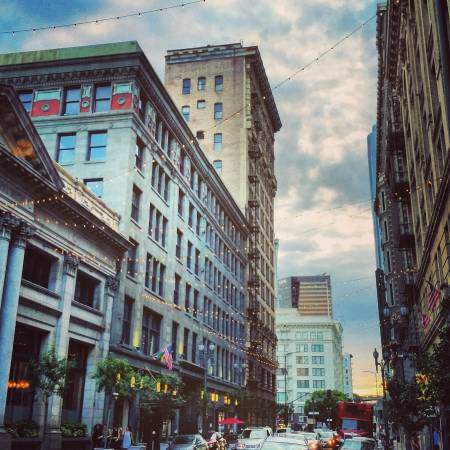
In some cases government doing less can also be effective. The 1999 Adaptive Reuse Ordinance eased building regulations and in so doing opened much of the building stock of DTLA to productive use.
On the other hand, government-facilitated programs that can consistently bring many money-spending patrons to a certain neighborhood are likely to have a pro-growth effect for that neighborhood. This is especially true for cases like the STAPLES Center complex, in that it was built in conjunction with dining and other entertainment venues in its immediate proximity. I spoke on this topic with Stanford sports economist Roger Noll, a leading proponent of the theory that sports stadiums are generally not good for urban economic development. Noll’s logic is generally that these stadiums are used too infrequently to support full-time businesses in the surrounding area, but he allows that STAPLES Center may be an exception to this rule, in that it is used 250 days of the year and located next to other crowd-drawing institutions like the Convention Center and the Microsoft Theater.
An understanding of LA’s story over the past few decades also ought to impact one’s understanding of the role immigrants play in today’s America. To claim that migration to the US only produces positive results would be overly sanguine, and it is important to recognize that cultural and economic adjustment periods can be challenging. However, it is my hope that this story has been able to illustrate that immigrants have over the course of American history successfully adapted to life in this country, and that they continue to do so in Los Angeles today. Over time, their presence adds not only to the labor force of a city, but also these communities are often home to entrepreneurial businesses, they can serve as intermediaries for investment and trade between their new cities and their home countries, and they add an unquantifiable cultural dynamism to the places where they live.
This series has dealt a fair bit with the role of international investments in real estate. It must be said that these investment decisions are not always made for purely economic reasons. As we have seen with the Chinese example most prominently, political and cultural forces can act to shape investment patterns in a fashion that distorts local markets, perhaps inflating real estate prices beyond their true worth given temporary bursts of dramatic investment. On the flip side, however, these injections of non-economic capital to a developing neighborhood may in some respects be similar to the hype-based investment that the boosters of old would seek, allowing buildings and infrastructure to be created ahead of demand, which subsequently serve to facilitate future demand when it does arise.
Finally, this story should demonstrate the peril in addition to the promise of encouraging economic growth in certain neighborhoods within a city. Gentrification and the disturbance of existing communities is and ought to be a concern on the minds of city planners, something which they balance against the needs for economic growth and urban development in the face of an expanding population. Ideally, this sort of growth could be contained within neighborhoods where relatively few people would be displaced, and the DTLA of the late ‘90s was a good candidate for that because it had relatively few people living there. But, as this series has shown, when one neighborhood becomes desirable and expensive, demand is likely to spill over to neighboring places, where upmarket movements may have more damaging effects. This inevitable sort of spillover ought to be on the minds of planners and developers as they make plans and consider impacts.
* * *
Moving beyond the particular impacts and relationships this series has attempted to demonstrate, it is my hope that there are some higher-level understandings that those thinking about how cities should be built can gain from learning about the story of LA’s various iterations. Primarily, it is important to recognize that there is a path-dependency to how cities grow, such that cities grow in the fashion they do as a function of when they experienced their major growth spurts. The transit technologies, economic realities, and cultural desires that were present when cities grew a lot have a decisive impact on how cities are built. During periods of high growth, economic and cultural roots for a city are laid in a certain fashion, and it is difficult to change those realities later. In LA’s case, the city’s greatest growth spurt took place during the decades after WWII, during which point suburban sprawl was thought to be the efficient and desired sort of development pattern for cities. On the other extreme, a city like Florence experienced its main growth period during the Renaissance, at which point there were few means of non-pedestrian transit, but it did not grow much since then. As such almost all of its notable places are within a 15-20 minute walk of each other.
LA, of course, also had a reasonably large growth spurt during the early twentieth century, a time period when the most efficient organization method for cities was around a rail-fed urban core. Certain institutions were built in DTLA during that time, and they remain relevant to this day. As such, encouraging an urban renaissance in DTLA was somewhat natural, in that the bones of that neighborhood and of much of the city were already set to accommodate this sort of arrangement. But an effort, say, to totally suburbanize Manhattan or to give Phoenix a thriving urban core would be like trying to fit a square peg into a round hole; it is very difficult to alter the basic lines along which a city is built.
This is not to say, of course, that looking ahead and planning for future growth, cities cannot make informed decisions about how they should be built. This series has attempted to show how, given few space constraints and rapid growth potential, it was rational in the short run for LA and other rapidly-growing cities in the mid-twentieth century to expand via car-focused sprawl. This series has also sought to demonstrate, however, the natural limitations to those sorts of efforts; how they are liable to become victims of their own success and break down as too many people move to the city, clogging up the roads and pushing housing prices beyond the pale of affordability. With a number of cities, especially those in the developing world, about to hit major growth periods, they ought to keep the built-in pitfalls of this model in mind as they set about laying the foundations for their cities of the future.
Finally, technological, economic, and cultural realities are always changing, and cities, as they grow, ought to keep a clear mind as to that fact. It would be all too easy to regurgitate the various city planning fads of the day into one great plan for The Perfect City. But any such effort to bring about that city could indeed be guilty of ‘winning the previous war’, as the set of circumstances which engendered the creation of the existing planning orthodoxy may no longer apply to the needs of a city in the future. To the opposite extreme, one would be mistaken in favoring the status quo over all possible alternatives. Cities will change themselves over time in response to changing circumstances, as this series has sought to demonstrate, and a city planned to remain as it was in any given moment is in fact little more than an open-air museum. Let us embrace change and opportunity as it presents itself, endeavoring to develop cities that foster vibrant and dynamic communities while being prepared for progress.
Previous Installation: The Impact of the LA 3.0 Revolution
Jason Lopata works as a land use consultant with Craig Lawson & Co., LLC, helping real estate development projects in LA navigate the city approvals process. Jason previously spent time on the Business Team of LA Mayor Eric Garcetti. He also writes articles on globalization and urban development for Stratfor, the geopolitical analysis website. Jason received his bachelor’s degree from Stanford University and completed programs of study at the University of Oxford and at UCLA’s Anderson School of Management. While at Stanford, he founded and led the student real estate organization, and authored his senior thesis on Los Angeles development over the past 30 years.




